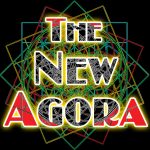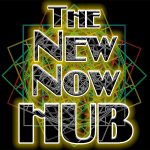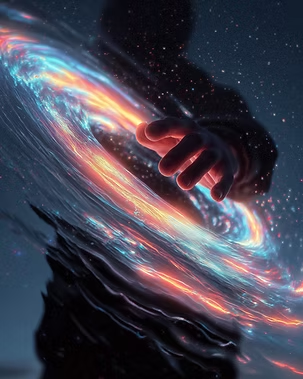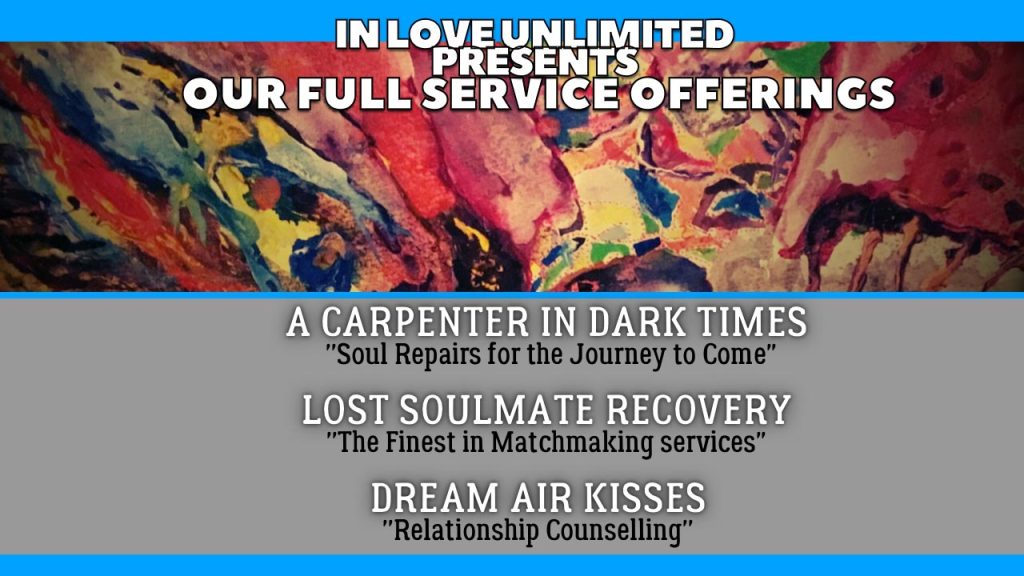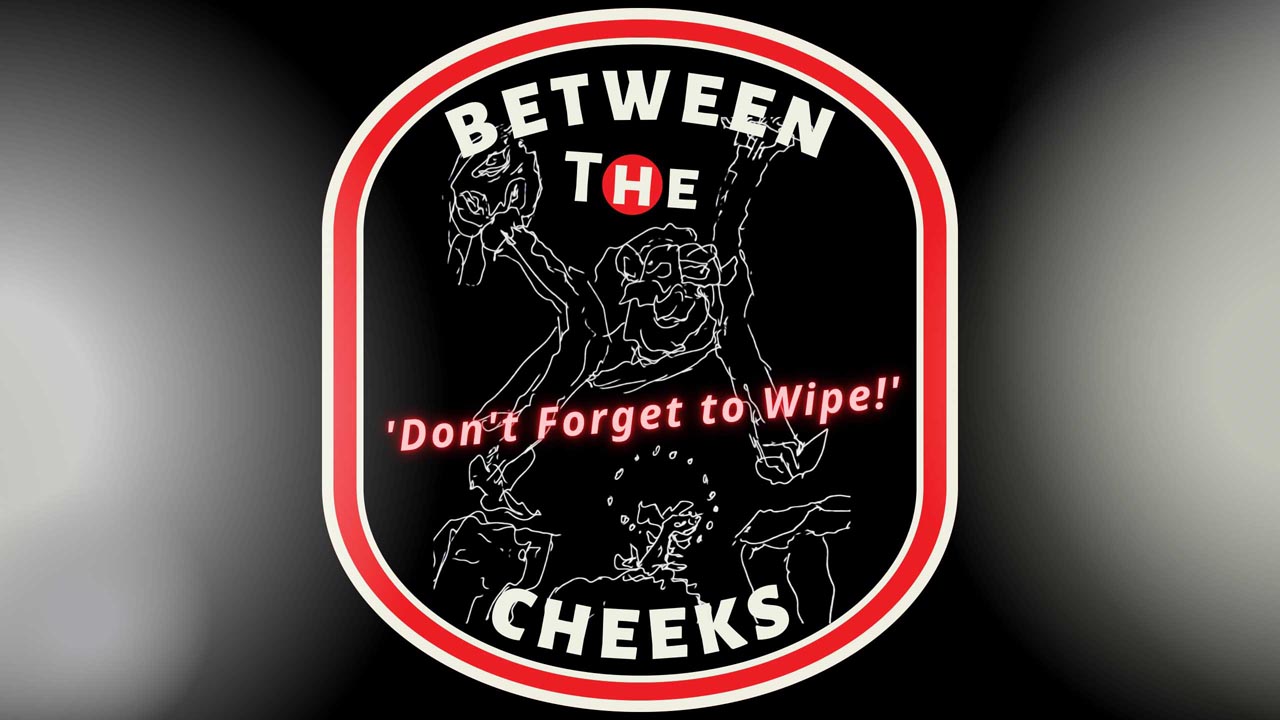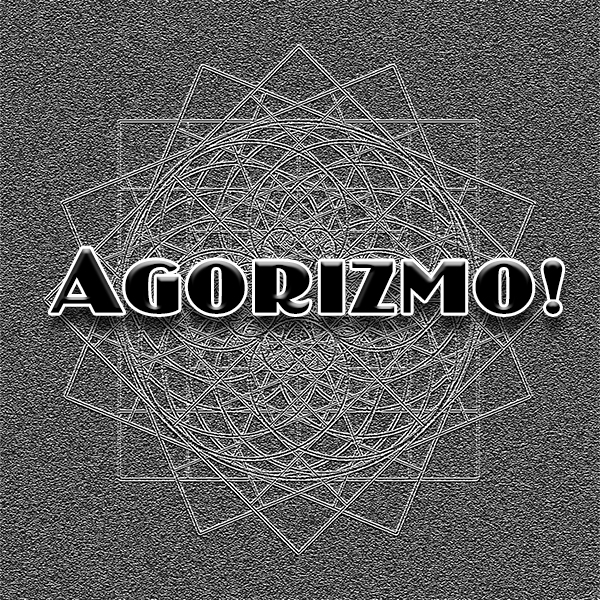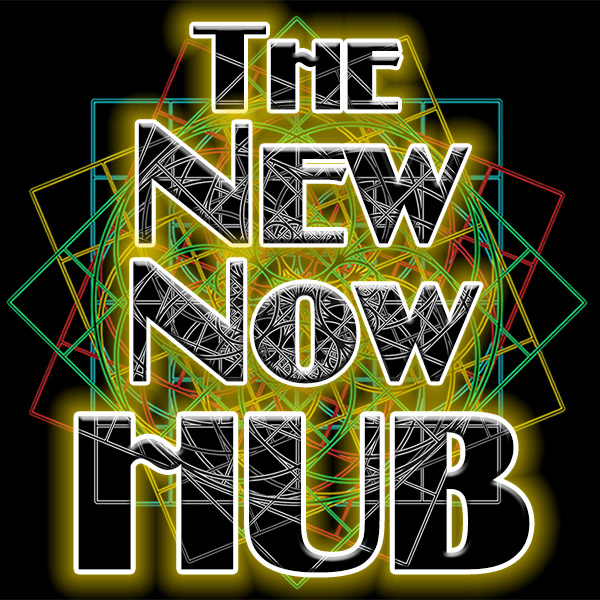The Art of Boundless Liminality
By Gary Z. McGee
“The only way to make sense out of change is to plunge into it, move with it, and join the dance.” ~Alan Watts
In between worlds, the world maker creates new worlds. Realm-spinner. Bridge-maker. Cocoon-shaper. Pivoting between crossroads. Juggling juxtapositions. Navigating the circumnavigation of imagination. In between worlds, the world maker is boundless, multidimensional, and liminal.
With one toe in this world and one in all others, the world maker embodies liminality as a Flow State, as a psycho-navigation of sacred numina, as a threshing of threshold guardians. Embracing the in-between. With wit as the way. With mythology as a guide. With Self as multiplicity and as legion. With razored ratio and an aura of interconnectedness, the world maker becomes a poet of paradox, transforming chaos into catharsis, triviality into vitality, and pain into purpose.
Let’s break it down…
1.) The Threshold’s Call – Embracing the In-Between:
“Liminal entities are neither here nor there; they are betwixt and between the positions assigned and arrayed by law, custom, convention, and ceremonial.” ~Victor Turner
Liminality is the art of standing in the threshold, neither fully in one world nor another. It is the twilight zone of existence, where the self dissolves into ambiguity, and transformation begins. In mythology, the archetype of the Trickster—think Kitsune, Coyote, Kokopelli, or Hermes—embodies this state. The Trickster thrives in flux, slipping through cracks in the cosmic order, neither bound by rules nor wholly chaotic. He is the eternal wanderer, navigating the spaces between creation and destruction like a tightrope walker over an abyss.
Liminal entities defy categorization. They exist in the interstices, where identities blur and possibilities multiply. Where caterpillar knowledge gets annihilated in “the cocoon”, and butterfly wisdom emerges.
Consider the Greek myth of Persephone, who straddles the realms of Life and Death, of Spring and Underworld. Her existence is not fixed; she is a bridge between worlds, embodying the tension of ‘in-betweenness.’ To embrace liminality is to accept uncertainty as a creative force, to stand at the threshold and listen to its call (a language older than words) without rushing to resolve it but, instead, daring to flow with it in co-creative paradox.
This is a proactive surrender to flux. In our lives, liminal moments (job transitions, spiritual awakenings, Ego Deaths, Dark Nights of the Soul, existential rebirths) demand that we let go of certainty. The art lies in lingering there without clinging, with Doubt itself as a crossroads, in the discomfort of not-knowing, while sowing the seeds of transformation.
2.) The Fool’s Dance – Wit as the Way:
“Better to operate with detachment, then; better to have a way but infuse it with a little humor; best, to have no way at all but to have instead the wit constantly to make one’s way anew from the materials at hand.” ~Lewis Hyde
The archetype of the Fool is liminality’s joyful architect. In tarot, the Fool steps off the cliff, unburdened by plans, trusting the universe to catch him. Lewis Hyde’s insight celebrates this nonattachment, urging us to craft our path from the raw materials of the moment. The Fool does not cling to a single “way” but dances with ambiguity, using wit to weave meaning out of chaos through the Middle Way.
In mythology, the Fool appears as the wandering sage or the bumbling hero, like Parsifal in Arthurian legend, who stumbles into the Grail Castle through naivety and openness. This is the art of boundless liminality: to approach uncertainty with humor, to see the absurd beauty in not-knowing, to embrace the paradox of interconnectedness through nonattachment. Hyde’s “wit” is not mere cleverness but a creative adaptability, a malleable self-overcoming, a refusal to be pinned down by rigid structures.
In practice, this means embracing life’s flux with playfulness and lightheartedness. When plans dissolve, when tragedies abound, when mirrors shatter, the Fool’s wisdom is to laugh, to gather the fragments, and to build anew. In true Akhilandeshvari (the Goddess of Never Not Broken) form, the fool’s heart has been broken and put back together again so many times it doesn’t know how not to be resilient. This is transformation through improvisation, where the in-between becomes a canvas for creation rather than a fearful void.
As Rumi said, “The wound is the place where the Light enters you,” revealing the paradox of the Fool’s Dance. In the liminal crucible, Lewis Hyde’s ‘no way’ and Rumi’s light transform our wounds into wisdom.
3.) The Eternal Flow – Mythology as a Guide:
“Mythology helps you to identify the mysteries of the energies pouring through you. Therein lies your eternity.” ~Joseph Campbell
Joseph Campbell saw mythology as a map for navigating the energies of liminality. The Hero’s Journey, his archetypal framework, is inherently liminal—departure, initiation, return. The hero crosses thresholds, faces trials in unknown realms, and returns transformed. Think of Odysseus, adrift between worlds, neither home nor fully lost, shaped by the ambiguous currents of his odyssey.
To live mythologically is to recognize the eternal in the transient. When we stand in liminal spaces myths remind us that these are not endpoints but portals. Mythmaking becomes world-building. When you are a world-builder, you are equal parts divining rod and lightning rod. The third eye blasts open, capable of remythologize mythology.
You emerge from the maze as a walking mythology. You rise out of loss and Logos with a locus of control. Your Eros echoes in the halls of eternity. You become unconquerable not just because you’re willing to be stripped of everything but, more importantly, because you finally realize that you are only ever stripped of everything. Being clothed is the illusion. Having something is the illusion. Owning anything, including knowledge, is the illusion.
You understand that you are naked and vulnerable in an indifferent and pointless universe. But, like the Big Bang that came before you, you have the power of a naked singularity within you. It is within this absolute vulnerability that you, as a World Maker between worlds, trick yourself out of nothingness and into somethingness, a spark in the dark. Through your mythology, you make a vital point in a pointless void.
4.) Forgetting the Self – The Zen of Liminality:
“To study the self is to forget the self.” ~Dogen
To dwell in liminality is to release the ego’s grip.
In Zen, the Self is not a fixed entity but a fleeting wave in the river of existence. To study it is to see its impermanence, to forget its boundaries, and to merge with the flux. In mythology, this is the dissolution of the hero in the belly of the whale, or the dark night of the soul where identity unravels. This is liminality’s gift: the chance to shed what no longer serves, to stand vulnerable in the naked singularity of ambiguity and emerge reborn.
The Self is a shattered mirror at best, a broken record at worst. It’s a collage, recuperated from the debris of culture and stitched together by the invisible hands of media, memory, and mimicry. It’s masks all the way down perceiving delusions all the way up. But freedom is found in surrendering to the absurdity of our multiplicity and then doubling down with healthy nonattachment and a good sense of humor.
This leads to the vital ability of self-overcoming. Self-overcoming (nonattachment to any single identity) frees you from the ‘masks’ as well as the ‘delusions.’ You use it to humble yourself, to destroy your delusions, to unsettle your settled mind, to shock your chakras, and to recondition your cultural conditioning. You learn how to self-overcome like a Phoenix in the throes of constant rebirth.
Practically, this means embracing uncertainty as a teacher. In moments of ‘in-betweenness’ (waiting for a diagnosis, navigating heartbreak, squaring the circle of existential angst, or questioning faith) self-overcoming invites us to let go of the need to define ourselves. Transformation arises not from clinging to a solid “I” but from flowing with the ambiguity, trusting that the self will re-form in time, emerging again and again as multiplicity, as multitude, and as legion.
Part V: The Mystical Fool – Embracing the Paradox:
“There is a mystical fool in me that proved to be stronger than all my science.” ~Carl Jung
The “mystical fool” is the culmination of liminality’s art. The Alchemist archetype, central to Jung’s work, seeks to transmute the base into the divine, embracing paradox as the path to wholeness. The fool within Jung—the irrational, intuitive spark—defies the rigidity of science, thriving in the ambiguous interplay of conscious and unconscious.
In mythology, the Alchemist appears in figures like Merlin, who wields magic born of liminal wisdom, or Dionysus, God of ecstasy and dissolution. These figures teach us that transformation requires embracing paradox: order and chaos, self and no-self, mind and no-mind, discernment and doubt. The mystical fool laughs in the tension held between opposites, finding truth in the paradoxical interplay.
To live this art is to hold ambiguity lightly, and to see uncertainty as a sacred dance. The Alchemist, or mystical fool, or trickster sage, having gained a certain transcendent perspective in his mastery of ambiguity, uses the archetypes to level-up. He strategically tricks himself to get out of his own way. Shooting himself in the foot, the alchemist keeps “leveling-up,” by kicking himself out of his own comfort zone (back into a state of liminality). Again, and again. He gains the heightened awareness that we are God playing peek a boo with itself. Indeed. We are the world at play.
It’s only when we stop “playing” that we run into problems. When playfulness becomes seriousness, when spirited thought becomes rigid belief, when open vulnerability becomes closed invulnerability; that’s when we lose sight of the underlying essence. So as not to lose sight of the underlying essence, the mystical fool must integrate his shadow to activate his inner trickster. Because only the shadow has the teeth to rip a hole in the sacred, and only the trickster has the audacity to get power over Power through his Will to Humor.
In the end, the art of boundless liminality is not about escape but about adventuring within the in-between with courage, humor, and openness. Through the Trickster’s cunning, the Fool’s wit, the Hero’s journey, the Mystic’s surrender, and the Alchemist’s paradox, we learn to navigate flux as a creative force for worldbuilding. Turner’s liminal entities, Hyde’s improvised paths, Campbell’s eternal energies, Dogen’s forgotten self, and Jung’s mystical fool converge in a single truth: transformation lies in embracing the uncertain, the ambiguous, the ever-shifting. To live liminally is to weave numinous maps from the threads of the Great Mystery, to dance in the threshold, and to find eternity in the flow.
Image source:
Untitled by Dogan Ural
About the Author:
Gary Z McGee, a former Navy Intelligence Specialist turned philosopher, is the author of Birthday Suit of God and The Looking Glass Man. His works are inspired by the great philosophers of the ages and his wide-awake view of the modern world.
This article (The Art of Boundless Liminality) was originally created and published by Self-inflicted Philosophy and is printed here under a Creative Commons license with attribution to Gary Z McGee and self-inflictedphilosophy.com. It may be re-posted freely with proper attribution, author bio, and this statement of copyright.
